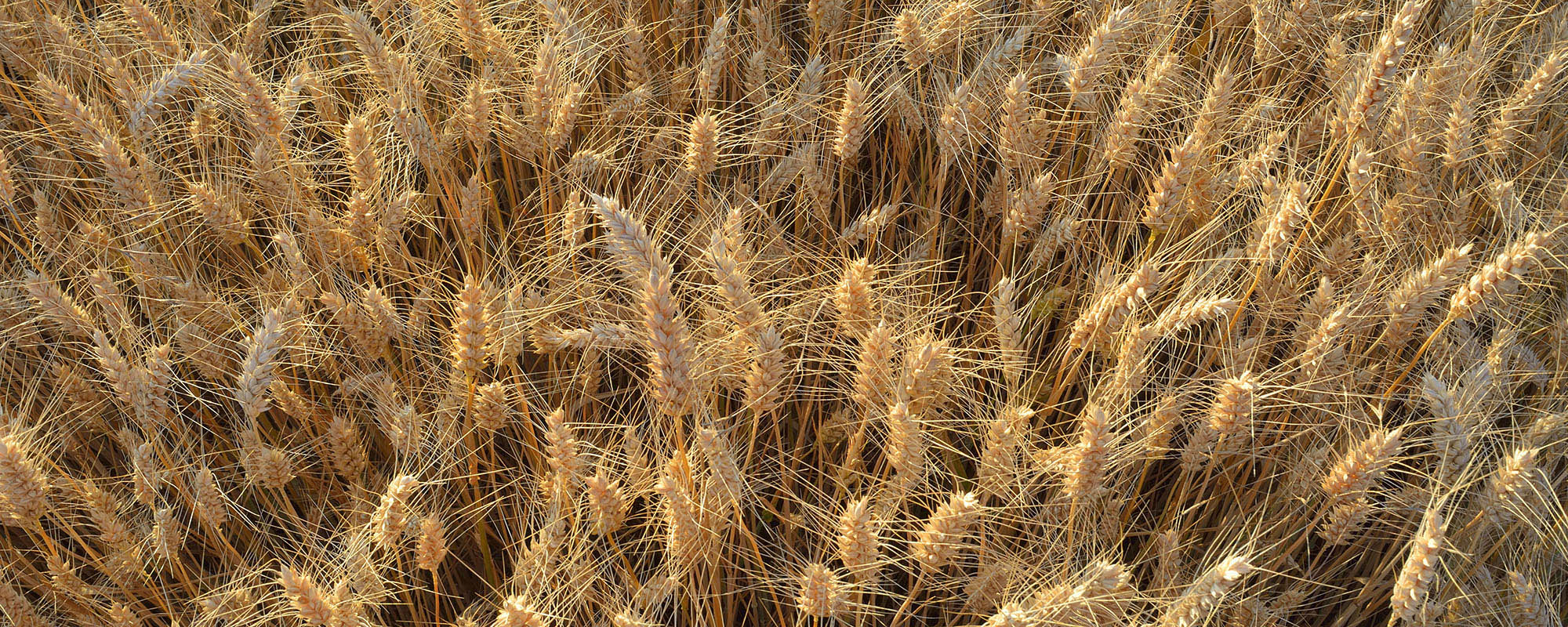
What is in Golden Grain® Pasta?
We have different recipes for different varieties, but use a variety of high quality ingredients, including 100% semolina from wheat grown only in North America, vegetable blends such as sweet corn, carrots, and squash, and eggs.
What is semolina?
Semolina is the key ingredient in fine pasta. It is ground from wheat and slightly yellow in color.
What is wheat?
Durum wheat is the hardest of all wheat classes. There are a number of different varieties of wheat, of which some are coveted for making pasta due to their high protein content, strong gluten strength, and golden color.
Where is your wheat grown?
One hundred percent of our wheat is grown in North America, in three major regions: the upper Midwest, the lower Southwest, as well as parts of south-central Canada. These regions provide the ideal conditions for growing the particular varieties of wheat we use.
Do you grow your own wheat?
We don’t grow our own wheat, but we work closely with suppliers to ensure the highest quality crop year after year.
Do you mill your own flour?
Our facilities are vertically integrated, meaning that we have full control of the wheat from the suppliers all the way to our facilities. There, it is milled into durum semolina and flour, made into pasta, and delivered to customers.
Why do you mill your own flour?
Milling our own Durum wheat allows us to control the quality and ensure our pastas are made from 100% North American-grown Durum Semolina or Durum wheat flour. Semolina is not the only ingredient obtained in the milling process; we use some of the whole wheat in our whole grain products, some parts are used in the production of other types of food, and some goes to local farms for use as animal feed. We strive to minimize waste, making our mills and facilities very sustainable.
What is the difference between whole wheat and whole grain pasta?
For a product to be called “whole wheat,” the grain must be 100% whole wheat, meaning no refined semolina or wheat flour, or other grains, are used. Products can be called “whole grain” if they are made using whole wheat or other whole grains, such as rice, barley, corn, or quinoa. Golden Grain® 100% Whole Grain Pastas are made using only whole grain flour.
Why are some of your pastas labeled “enriched?”
Enriched macaroni products are defined by the U.S. Food & Drug Administration, who mandates vitamins and minerals lost in the milling process must be added to the finished pasta. The current enrichment includes: niacin (Vitamin B3), Iron, Thiamin Mononitrate (Vitamin B3), Riboflavin (Vitamin B2), and Folic Acid, all of which are part of a healthy diet.
Does your pasta contain any of the seven major allergens: peanuts/tree nuts, egg, milk, soy, wheat, fish, or shellfish?
Our packages contain an accurate listing of the ingredients in our products. If an allergen, such as wheat or egg, is present in our pasta or noodles, it is declared on the label. In addition, we do not use peanuts/tree nuts, milk, soy, fish, or shellfish in any of our facilities.
Does your pasta contain sulfites?
No, Golden Grain® Pasta does not contain sulfites.
Is Golden Grain® Pasta Kosher?
All of our products are kosher. Look for the Kosher symbol Ⓤ on the package.
Is the flour you use bleached or bromated?
The flour used to make our pasta is neither bleached nor bromated.

